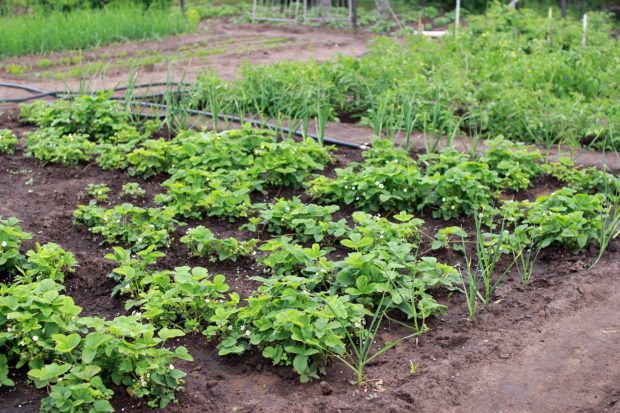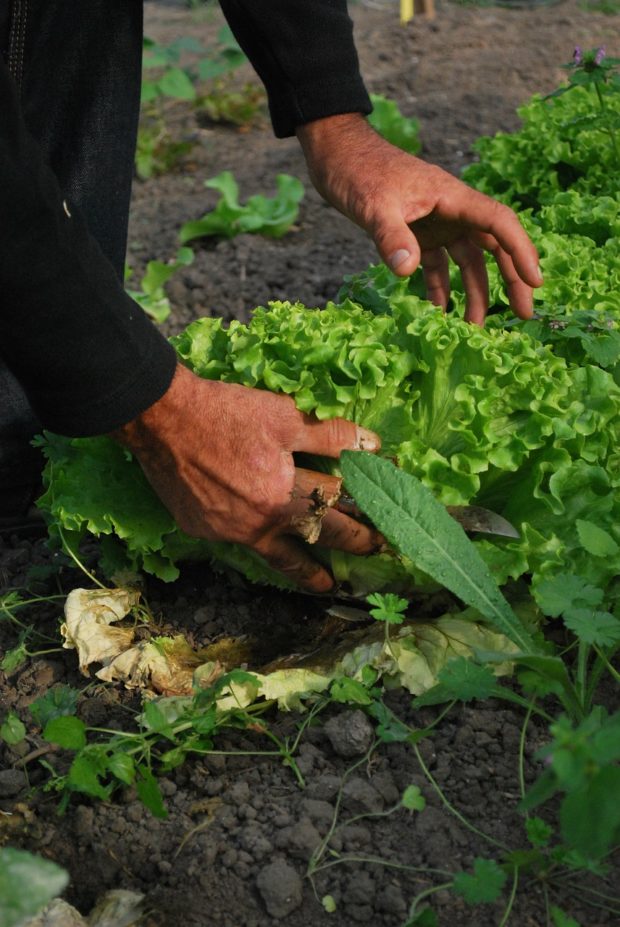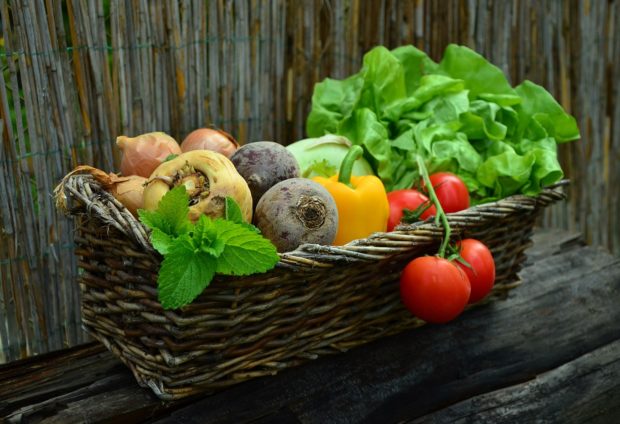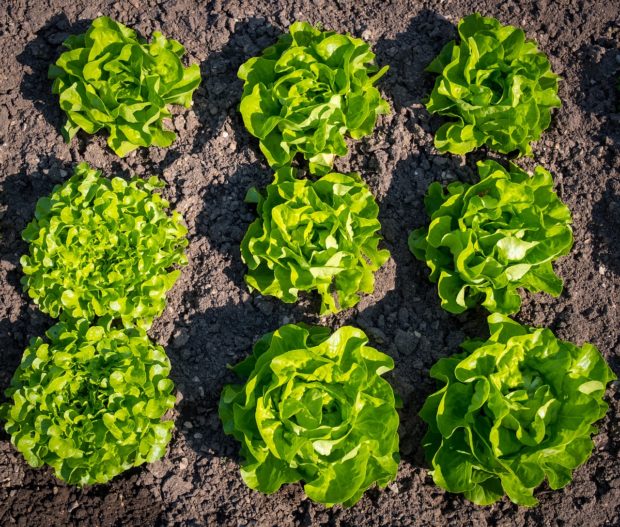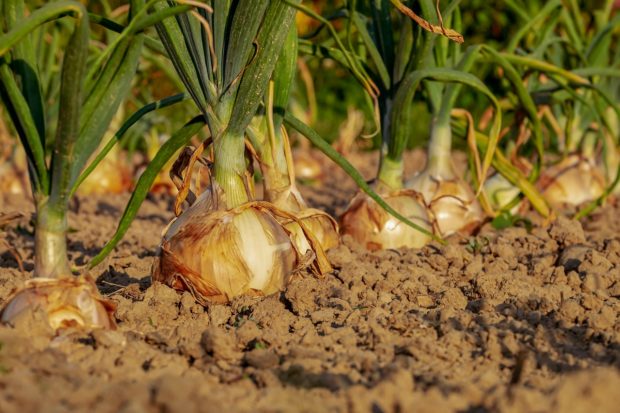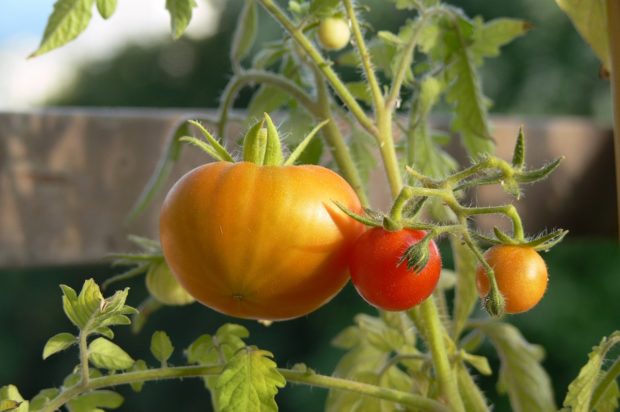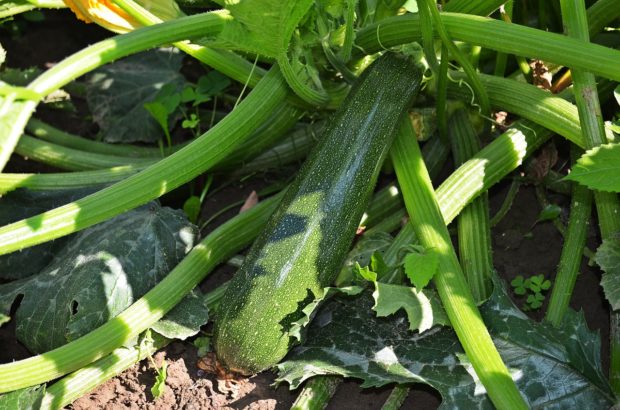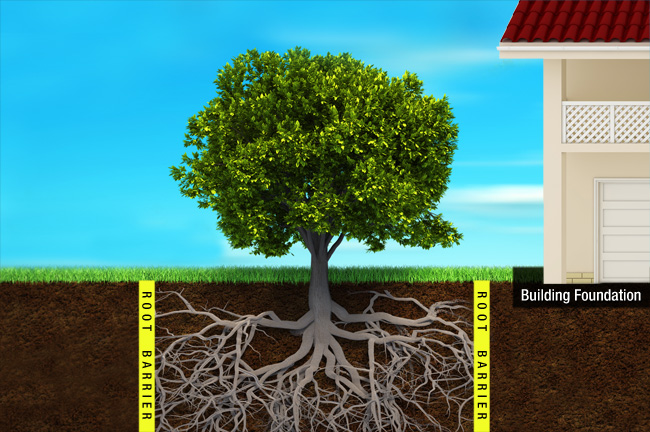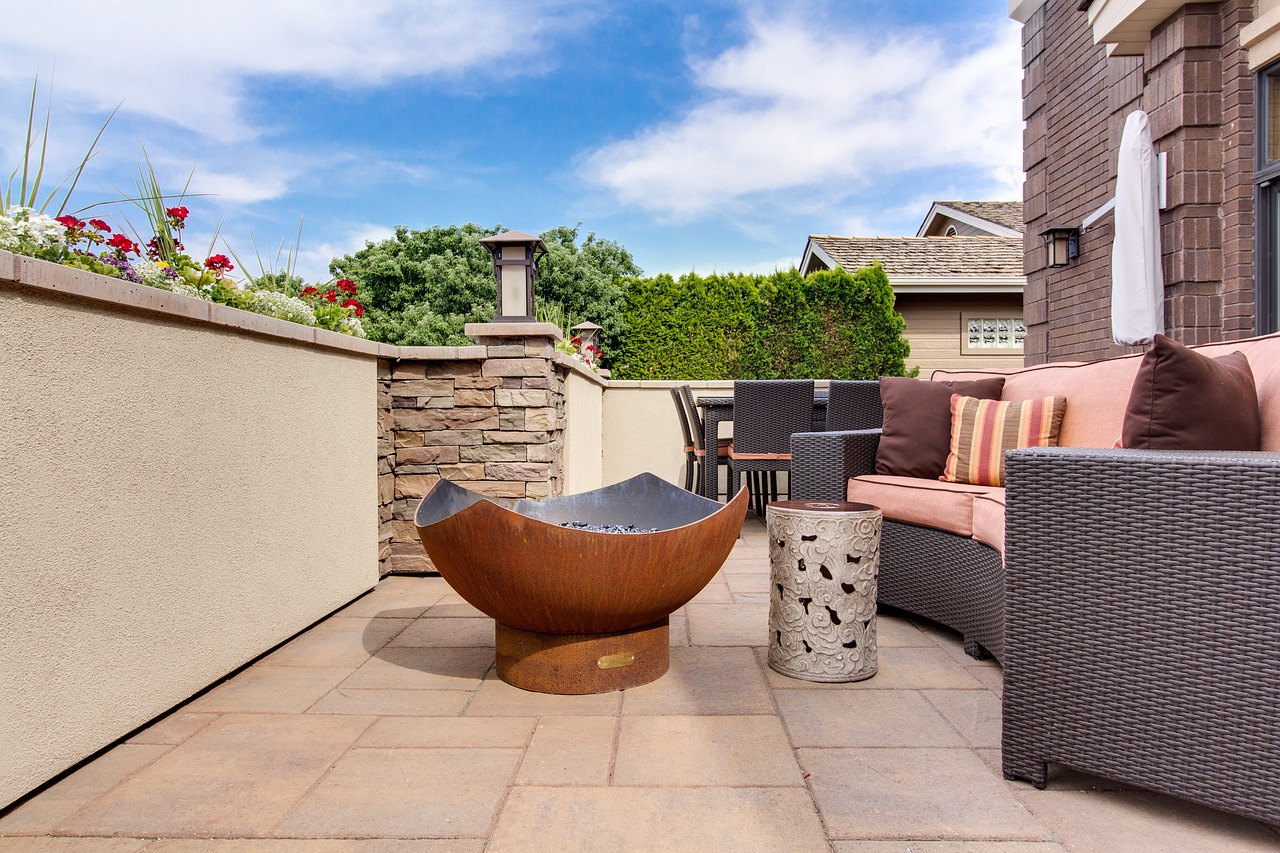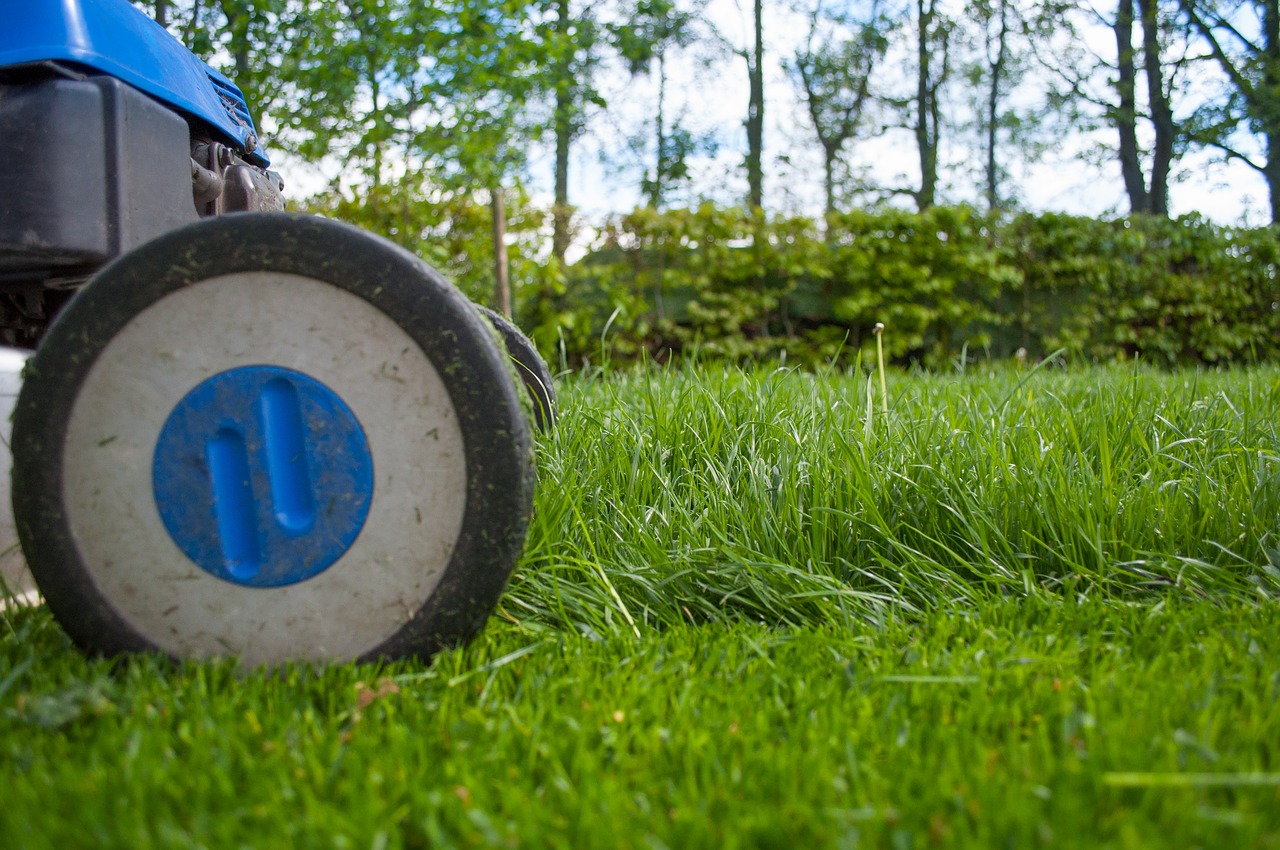Growing vegetables at home comes with many benefits. First, you will save the money as you won’t have to spend money on buying vegetables from the market. Secondly, you will grow the vegetables to your liking. If you like tomatoes but not cucumbers, you have the freedom to grow what you want in your garden.
So, how do you grow vegetables at home? Here is more about vegetable garden that you should know.
Decide where to grow the vegetables
Which is your preferred location? You need to answer this question before you start your garden. Planning is important at this stage.
On location, you should consider the aspect, slope and the source of water. Vegetables need a lot of sun exposure. Therefore, choose the side of the garden that has a lot of sun exposure, which is usually the south side. If the area has a slope, the better it is.
Ensure the soil is suitable for planting vegetables. The best soil is loamy and you should enrich it with compost. The area should have proper drainage to prevent water from clogging or draining too fast.
A water source should also be within reach for the times when you will need to water the plants.
If you are a beginner, start small. You don’t want to plant in a big garden that will overwhelm you. A good size is 16 by 10 feet.
Decide the type of vegetables to plant
Which types of vegetables do you intend to grow? There are many types of vegetables including tomatoes, spinach, kales, carrots, lettuce, turnips, radishes, onions, and cucumbers. Decide the ones you want to plant. Make sure you don’t overcrowd your garden with all types of vegetables since it may affect their quality.
It is also good to find out which vegetables can do well in your area.
Prepare the garden
Once you are through with planning, start preparing the garden. Will you be planting on raised beds or using the traditional rows? This will largely be dependent on the location of your garden. Clear all the weeds and then dig the garden.
Prepare 11 rows each measuring 10 feet long, running north and south to ensure the plants are fully exposed to the sun. If the garden looks too big, you can have fewer and shorter rows. Leave space of about 18 inches between rows to give you ample space to pass through when tendering the plants.
If you will plant on a raised bed, prepare it. This type of planting gives you more control when weeding, watering and protecting the plant from harm.
Ensure you leave pathways of about 60 cm between beds which you can use when tending the plants.
Plant the vegetables
Plant the vegetables in rows and space them properly. Correct spacing will ensure that the plants do not compete for nutrients, water, and sunlight.
Only use high-quality seeds to ensure a higher rate of germination.
Tender the plants
If you want the best yields then you need to take care of your plants.
During the warm season, water the plants properly without giving them too much or too little water. An inch can be enough. If the plants are in rows, you can water weekly or twice a week while those on raised beds may need watering every day.
Remove weeds to prevent them from competing for nutrients and water with your plants. You can use a mulch of compost, plastic or clean straw to prevent weeds from growing.
Stake plants that need staking such as tomatoes.

